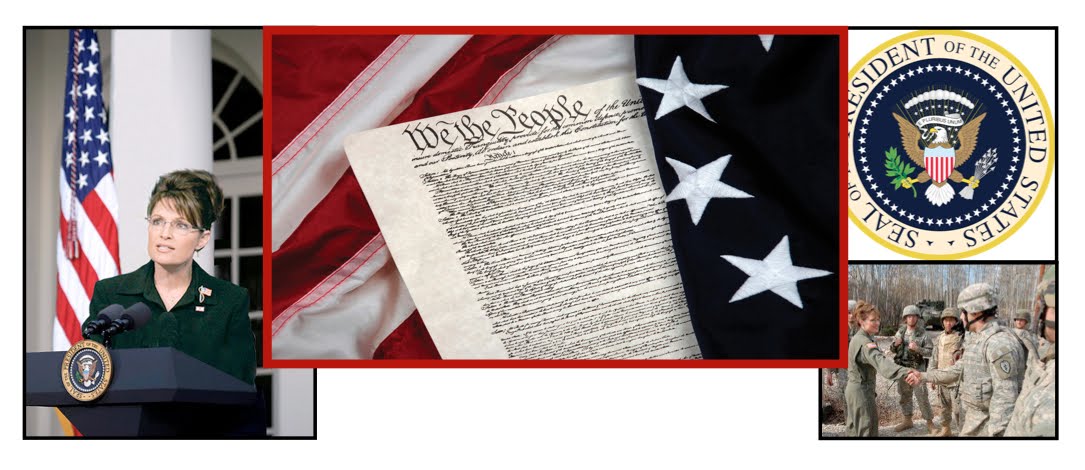The mainstream media often dismisses Palin's chances of winning the presidency, but doing so ignores her closeness to where then-Senator Obama stood entering the 2006 midterm elections. Her potential path to the White House would resemble the one Obama took. By any measure, a simple comparison of their ascendancies shows how strategically Palin is positioned to ride the brewing discontent at Obama's reckless fiscal policies to become the nation's first female president, just like Obama rode the anti-Bush and antiwar wave to become the nation's first black president. […]
The Wave: Retaining Deaniacs and Paul-ites:
Likewise, Ron Paul supporters in the 2008 GOP primaries play a role similar to 2004's Deaniacs. Like the Deaniacs, the Paul-ites were thorns in the side of the establishment, and they fiercely voiced their anger at Washington's reckless spending before it was popular to do so. By speaking out consistently and forcefully against Obama's policies and priorities that have crippled the nation with debt, such as the stimulus and health care reform, Palin has harnessed the frustrations of Ron Paul supporters and Tea Partiers; their concerns and enthusiasm are likely to dominate the 2012 presidential primary, and Palin is well-positioned to be their champion. […]
The Base: Blacks and Evangelicals:
And just as blacks make up nearly half of the electorate in some Democratic primaries in Southern states, evangelicals make up a majority of Republican primary voters in early primary states such as Iowa and South Carolina, which makes Palin more than formidable in the nominating process. Further, should she win the nomination, enthusiastic evangelicals, just as enthusiastic blacks did for Obama, will likely give Palin a very highh floor of support that will enable her to position herself to court independents and disaffected Democrats in the general election.
The Internet: Using Social Networking to Increase Turnout:
Whereas the Obama campaign gave his supporters the tools to organically organize, Palin has used Facebook and Twitter to go around what she calls "the lamestream media" and speak directly to her supporters or opine about and influence current events (like her enthusiastic support of Arizona's immigration legislation) in a way Obama never did or imagined (it is worth noting that Obama never had to go around the mainstream media, since they were more than willing to aid and abet his candidacy). Like Obama, Palin also has plenty of groups that are forming online, such as Conservatives4Palin.com, Vets4Sarah.net, and Draft Sarah2012, that can be incorporated into a larger political organization.
The Brand: Obama, Inc. and Palin, Inc:
Should she challenge Obama in 2012, Palin, who has run a state and a small business, will have to answer similar doubts about her leadership abilities. Team Obama and its allies will consistently call her a "quitter" or a "half-term governor," and Palin, like Obama in '08, can quell these doubts by hiring the right people and running a seamless organization devoid of turmoil and drama. How she manages Palin, Inc. will determine whether voters will trust her to lead the country.
When Obama was mulling a presidential run in 2006, his chief advisor David Axelrod, as reported by Dan Balz and Haynes Johnson, told him that "history is replete with potential candidates for the presidency who waited too long rather than examples of people who ran too soon. ... You will never be hotter than you are right now."
Source:











0 Response to "American Thinker: Palin's Path to the White House Parallels Obama's"